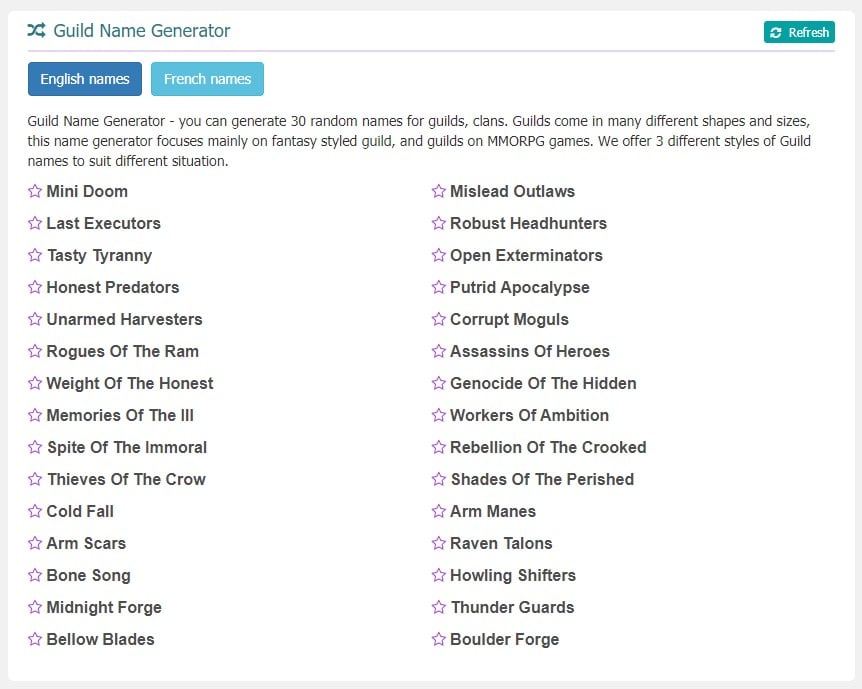Function generators cover both rf and audio frequencies. Use function generators to test equipment, make repairs, and maintain electronic components. For work with digital circuits, use pulse generators instead. Many generators include extra features: Modern dds (direct digital synthesis) function generators are able to provide a wide variety of signals.
Typically, people use function generators with analog circuits.
Function generators cover both rf and audio frequencies. Modern dds (direct digital synthesis) function generators are able to provide a wide variety of signals. Many generators include extra features: Use function generators to test equipment, make repairs, and maintain electronic components. Typically, people use function generators with analog circuits. For work with digital circuits, use pulse generators instead. Today's basic units are capable of sine, square, and triangle outputs from less than 1 hz to at least 1 mhz, with variable amplitude and adjustable dc offset.
For work with digital circuits, use pulse generators instead. Modern dds (direct digital synthesis) function generators are able to provide a wide variety of signals. Today's basic units are capable of sine, square, and triangle outputs from less than 1 hz to at least 1 mhz, with variable amplitude and adjustable dc offset. Function generators cover both rf and audio frequencies. Typically, people use function generators with analog circuits.
Typically, people use function generators with analog circuits.
Typically, people use function generators with analog circuits. For work with digital circuits, use pulse generators instead. Function generators cover both rf and audio frequencies. Modern dds (direct digital synthesis) function generators are able to provide a wide variety of signals. Today's basic units are capable of sine, square, and triangle outputs from less than 1 hz to at least 1 mhz, with variable amplitude and adjustable dc offset. Many generators include extra features: Use function generators to test equipment, make repairs, and maintain electronic components.
Modern dds (direct digital synthesis) function generators are able to provide a wide variety of signals. Today's basic units are capable of sine, square, and triangle outputs from less than 1 hz to at least 1 mhz, with variable amplitude and adjustable dc offset. Function generators cover both rf and audio frequencies. Typically, people use function generators with analog circuits. For work with digital circuits, use pulse generators instead.
Typically, people use function generators with analog circuits.
Function generators cover both rf and audio frequencies. Today's basic units are capable of sine, square, and triangle outputs from less than 1 hz to at least 1 mhz, with variable amplitude and adjustable dc offset. Use function generators to test equipment, make repairs, and maintain electronic components. Typically, people use function generators with analog circuits. Many generators include extra features: Modern dds (direct digital synthesis) function generators are able to provide a wide variety of signals. For work with digital circuits, use pulse generators instead.
Get Function Generator For Sale Background. Use function generators to test equipment, make repairs, and maintain electronic components. For work with digital circuits, use pulse generators instead. Many generators include extra features: Function generators cover both rf and audio frequencies. Today's basic units are capable of sine, square, and triangle outputs from less than 1 hz to at least 1 mhz, with variable amplitude and adjustable dc offset.

